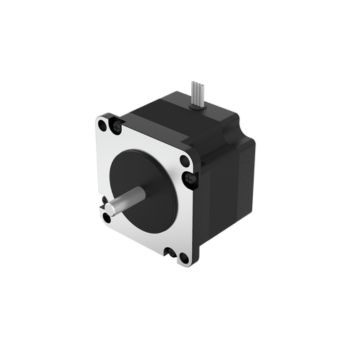Stepper Motor Manufacturer
There are 12V, 24V, 48V, 110V,155v, 310V stepper motors in Snabify. We can also supply high precision and high torque stepper motors.
What Is A Stepper Motor?
A stepper motor is a type of motor that converts an electrical impulse signal into a corresponding angular displacement or linear displacement. Each time a pulse signal is inputted, the rotor rotates an angle or a step forward, and its output angular displacement or linear displacement is proportional to the number of pulses input, and the rotational speed is proportional to the pulse frequency. Therefore, stepper motors are also known as pulse motors.
Discover High Precision Stepper Motors Here
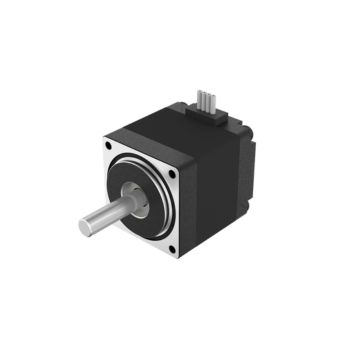
12V Stepper Motor
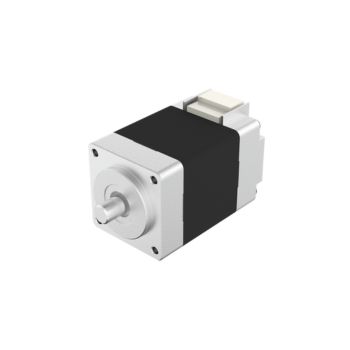
24V Stepper Motor
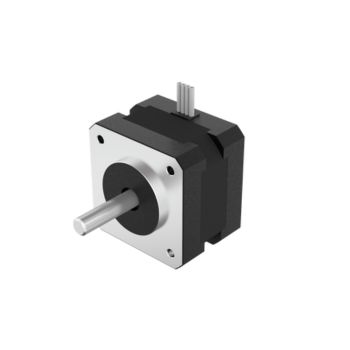
48V Stepper Motor
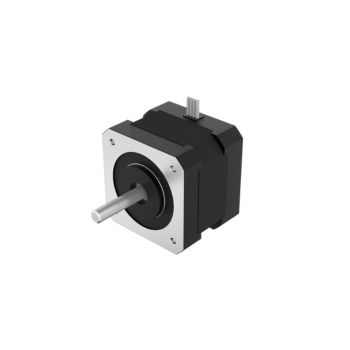
110V Stepper Motor
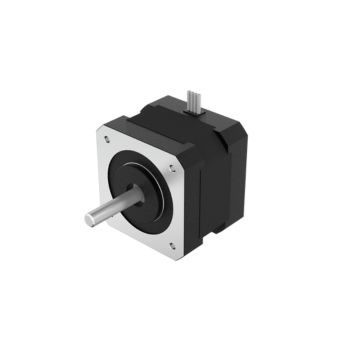
2 Phase Stepper Motor
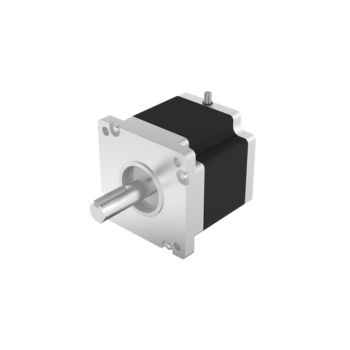
3 Phase Stepper Motor
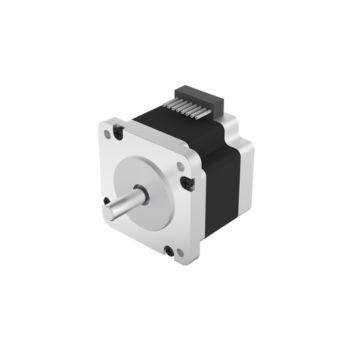
High Precision Stepper Motor
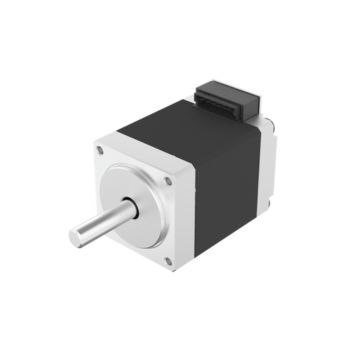
Stepper Motor With Encoder
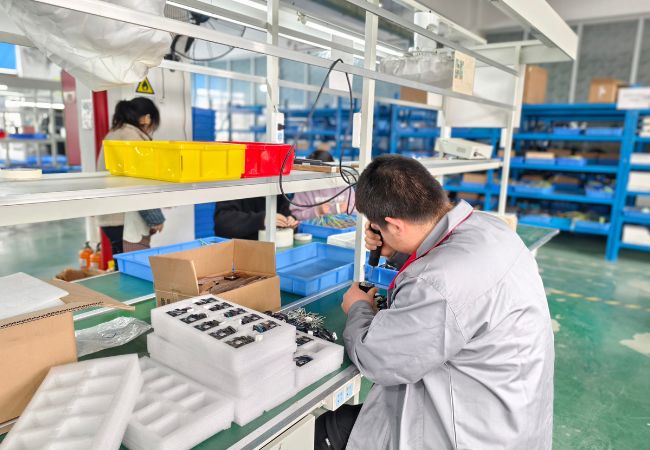
Your Trustfull Stepper Motor Supplier
As stepper Motor Supplier, we pride ourselves on delivering precision-engineered stepper motors that meet the exacting demands of our clients.
Our commitment to quality, reliability, and customer satisfaction sets us apart in the industry. Each stepper motor is crafted with meticulous attention to detail, ensuring superior performance, durability, and efficiency.
Our comprehensive stepper motors range caters to diverse applications, from robotics to automation systems, offering tailored solutions that drive success. Trust us to power your projects with our expertly designed stepper motors. Trust us to power your projects with our expertly designed stepper motors, backed by unparalleled support and service. Your success is our priority.
How To Inspect Stepper Motor?
Inspecting a stepper motor involves several key steps to ensure it is functioning correctly and efficiently.
Visual Inspection: Check the motor's exterior for any signs of damage, such as cracks, dents, or corrosion.
Ensure all connections and wiring are secure and intact.
Electrical Inspection: Use a multimeter to measure the resistance between the leads of each phase. The readings should match the specifications. Test for any shorts between the motor leads and the motor casing, which could indicate insulation failure.
Functional Test: Verify that the stepper motor holds its position when stationary.
Performance Check.
Stepper Motor Advantages
Cost Effective
They offer a good balance between performance and cost, especially in applications where precision control of motion is required without a high price tag.
High Torque at Low Speeds
They provide significant torque at low speeds, ideal for applications that require stable, strong force from a standstill without the need for a gearbox.
Precision Control
Stepper motors move in discrete steps, allowing for precise control of position and speed. This is particularly beneficial for applications requiring complex movements.
Easy to Control
With simple digital pulses, stepper motors can be easily controlled without the need for an encoder or feedback system, simplifying the control system.
Low Maintenance
The absence of brushes reduces the need for maintenance and increases the lifespan of the motor.
Holding Torque
Stepper motors can hold their position at a stop, making them suitable for applications where the motor must maintain a position when not actively moving.
Stepper Motor Working Principle
The operating state of the stepper motor is different from that of ordinary motors, and it rotates step by step with the pulse of the power supply, which is a digital motor.
The stepper motor can rotate the corresponding number of steps with the number of power pulses supplied, and the angle of each step is fixed, so the stepper motor can be widely used in CNC machine tools, automation equipment, instrumentation and other industries according to the number of turns and angles required to control the rotation.
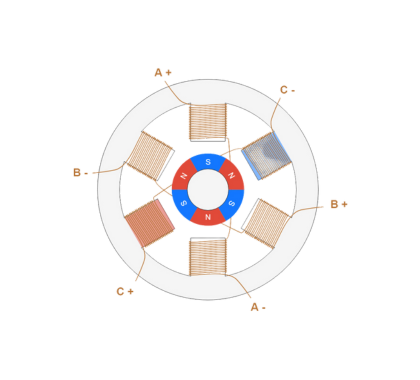
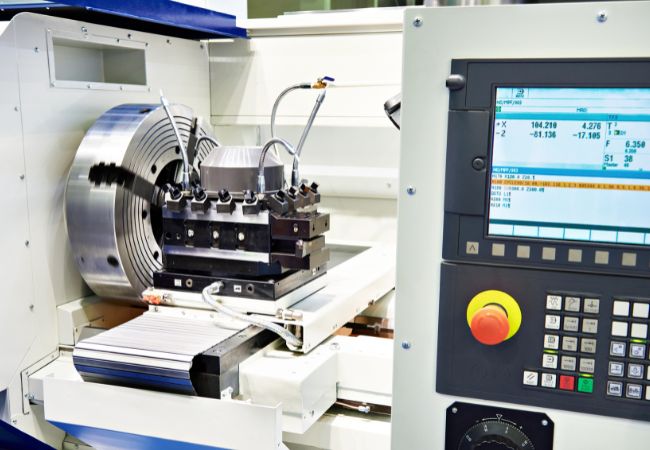
Stepper Motor Applications
Stepper motors are used across a wide range of industries and applications due to their precise control over motion and position. Here are some common applications:
3D Printers: Stepper motors control the movement of the print head and platform, allowing for precise layering of materials.
CNC Machines: In milling machines and lathes, stepper motors provide accurate positioning of the cutting tool, enabling precise machining of parts.
Robotics: They are used in robotic arms and legs for precise control over movement, essential for tasks requiring accuracy and repeatability.
Stepper Motor Fabrication Expert
Specializing in stepper motor fabrication, our experts deliver precision-engineered motors designed for optimal performance. We provide custom solutions that meet the most demanding motion control requirements with exceptional reliability and efficiency.
Contact us today to explore tailored, high-performance solutions that drive your operations forward and get stepper motor price.
Frequently Asked Questions
Our frequently asked questions section offers comprehensive insights into stepper motors, covering everything from basic functionalities to advanced applications. Dive in to find valuable information that answers your most pressing questions about stepper motor technology and its uses.
- Permanent Magnet Stepper Motors: These motors use a permanent magnet in the rotor and operate on the attraction and repulsion between the rotor magnet and the stator electromagnets. They are known for their high torque at low speeds.
- Variable Reluctance Stepper Motors: These do not have a permanent magnet; instead, they rely on the principle of variable reluctance, meaning the rotor moves in a path that minimizes the reluctance or resistance to the magnetic flux. They are characterized by their simple design and higher stepping rates.
- Hybrid Stepper Motors: Combining the features of both permanent magnet and variable reluctance types, hybrid stepper motors offer high precision and holding torque. They have a rotor that is made of layers of metal and magnet material, providing the benefits of both types.
- Multi-stack Stepper Motors: These are hybrid motors with multiple rotors and stators stacked together. This design allows for higher torque and more accurate positioning.
- Single-stack Stepper Motors: These motors have one rotor and stator stack and are used when the application requires a balance between performance and cost.
- Unipolar and Bipolar Stepper Motors: This classification is based on the motor’s winding connections. Unipolar motors are easier to control due to the simpler driving technique, while bipolar motors can provide more torque but require more complex driving circuits.
- High Torque at Low Speeds: PM stepper motors provide a significant amount of torque even at low speeds, which is excellent for applications requiring control at slow operational rates.
- Simple and Robust Construction: The construction of PM stepper motors is less complex, contributing to their ruggedness and reliability. This simplifies maintenance and can lead to fewer points of failure.
- Excellent Response to Starting, Stopping, and Reversal: These motors offer rapid response times when starting, stopping, or changing direction, affording precise control that is beneficial for applications such as robotics and automation systems.
- No Detent Torque: Permanent magnet motors do not produce detent torque (the torque a motor generates when it is not powered), which means smoother operation when not energized.
- Better Low-Speed Synchronism: Due to the inherent magnetic properties of the rotor, PM stepper motors ensure better synchronism at lower speeds, which is crucial for instance in clock mechanisms or camera focus systems.
- Good Holding Torque: When the motor reaches its designated position, it can maintain that position firmly even when power is not applied, which is vital for applications that require the motor to hold a load against an external force.
- Consumer Electronics: PM stepper motors are widely used in cameras for precision lens control, in printers and scanners for paper feed mechanisms, and in computer peripherals for precise movement and control.
- Automotive Applications: They are utilized in automotive gauge clusters for accurate needle movements, in headlamp position adjustment, and in HVAC (Heating, Ventilation, and Air Conditioning) systems to control the direction and flow of air.
- Clocks and Watches: Their ability to maintain accurate position without constant power makes them ideal for timekeeping mechanisms in clocks and watches.
- Medical Devices: PM stepper motors drive pumps in medical infusion systems, adjust positions in medical imaging devices like CT scanners, and are used in robotic surgery devices for precise movement.
- Office Equipment: They are found in office equipment such as photocopiers, where they control paper handling and the positioning of optical components.
- Industrial Machines: These motors are used in assembly robots for precise control, in CNC (Computer Numerical Control) machines for exact positioning, and in packaging machinery for controlled operations.
- Consumer Appliances: PM stepper motors are employed in home appliances, such as in refrigerators to control ice dispensers and in washing machines for regulating cycles.
- Telecommunications Equipment: They adjust satellite dish angles and control directional antennas to ensure optimal signal transmission and reception.
A stepper motor is an electromechanical device that converts electrical pulses into discrete mechanical movements. It works by magnetically inducing a rotor to move in steps or increments. Each electrical pulse sent to the motor turns the rotor by a precise angle, known as a “step.”
The motor’s rotation can be easily controlled in terms of speed and position by varying the pulse frequency and the number of pulses, respectively. Stepper motors are widely used for their precise control and positioning in various applications.
Yes, stepper motors can run continuously. While they are often used for precise positioning and controlled movements over a specific number of steps, they can also be operated in a continuous rotation mode. This is achieved by continuously supplying the motor with a sequence of pulses. The motor’s speed in continuous operation is determined by the frequency of the input pulses.
- Torque Requirement: Determine the torque needed for your application. This includes both the holding torque (the maximum torque the motor can provide when stationary) and the dynamic torque (the torque available when the motor is in motion).
- Step Angle: The step angle determines the motor’s positioning precision. Smaller step angles provide finer control.
- Size and Weight: The physical dimensions and weight of the motor should fit within the constraints of your application.
- Power Consumption: Assess the power requirements and consider how the motor’s consumption impacts your application, especially in battery-powered or energy-sensitive devices.
- Operating Environment: Consider the conditions under which the motor will operate, such as temperature, humidity, and exposure to dust or chemicals.
- Cost: Finally, balance the motor’s performance and specifications against your budget to find a suitable option.
Construction and Operation:
- Hybrid Stepper Motors: As the name suggests, hybrid stepper motors combine features from both permanent magnet and variable reluctance stepper motors. They have a rotor made of two sections, each containing a permanent magnet. The magnets are aligned such that their opposite poles face each other, with the rotor sections offset by a half-tooth pitch. This construction minimizes the step angle and increases step accuracy and resolution.
- Permanent Magnet (PM) Stepper Motors: PM stepper motors, also known as can-stack stepper motors, utilize a simple rotor design made from a permanent magnet. The magnetic field of the rotor interacts with the electromagnetic fields generated by the motor’s coils, causing the rotor to move in steps. The step angle in PM steppers is typically larger than in hybrid steppers.
Performance Characteristics:
- Torque: Hybrid stepper motors generally offer higher torque capabilities compared to PM stepper motors. This is because of the enhanced magnetic flux path in their design.
- Step Angle Precision and Smoothness of Motion: Hybrid stepper motors typically have smaller step angles – often 1.8 degrees per step – providing finer resolution and smoother motion. PM stepper motors usually have larger step angles, which can result in less smooth operation.
- Speed: Hybrid stepper motors are better suited for applications requiring higher speeds along with high torque. PM stepper motors are more suited for low to moderate speed applications.
Applications:
- Hybrid Stepper Motors: Due to their high torque and precision, hybrid stepper motors are widely used in applications requiring detailed control and substantial power, such as in CNC machines, robotics, precision printers, and sophisticated industrial equipment.
- PM Stepper Motors: PM stepper motors are often found in cost-sensitive and less demanding applications where a simple design and lower control precision are acceptable. Examples include clock mechanisms, consumer electronics, and basic automation tasks.
Cost:
- Hybrid Stepper Motors: Generally, hybrid stepper motors are more expensive due to their complex construction and higher performance capabilities.
- PM Stepper Motors: They are usually more affordable because of their simpler design and fabrication process.
Send Your Inquiry Today
Send us a message if you have any questions or request a quote. You will get reply within 2 hours.

